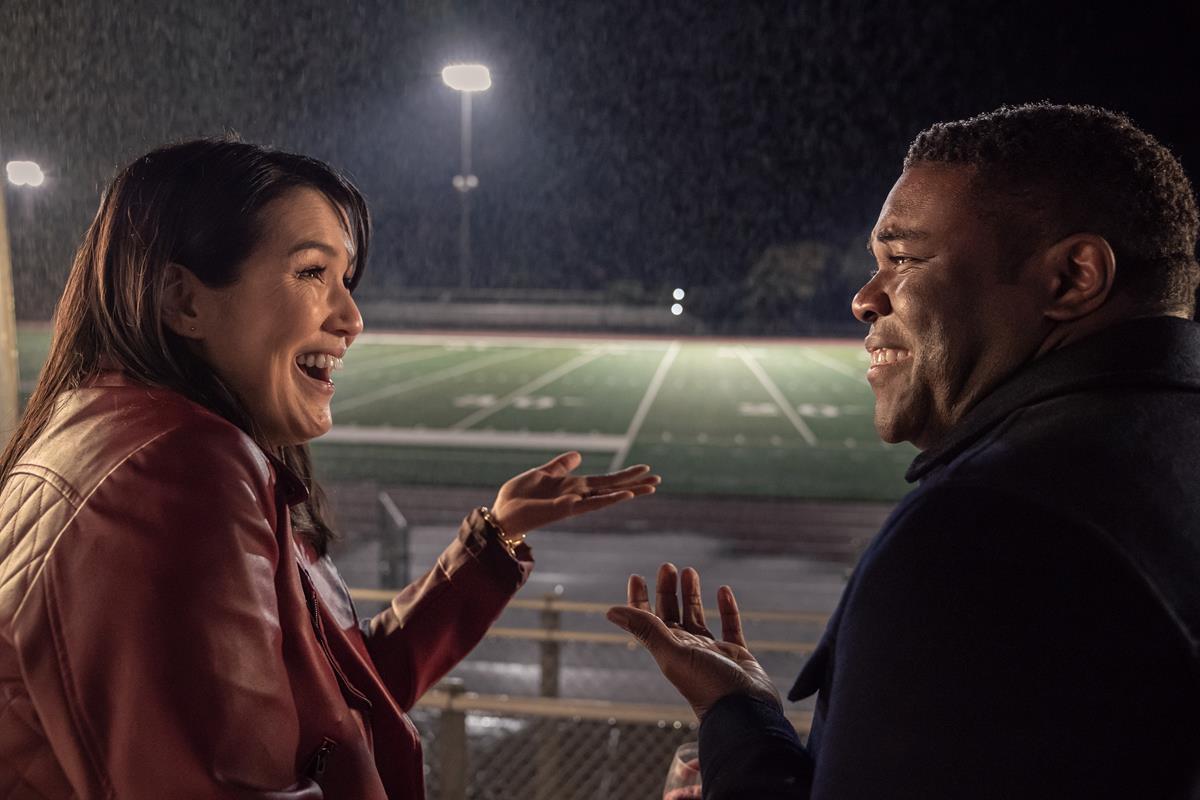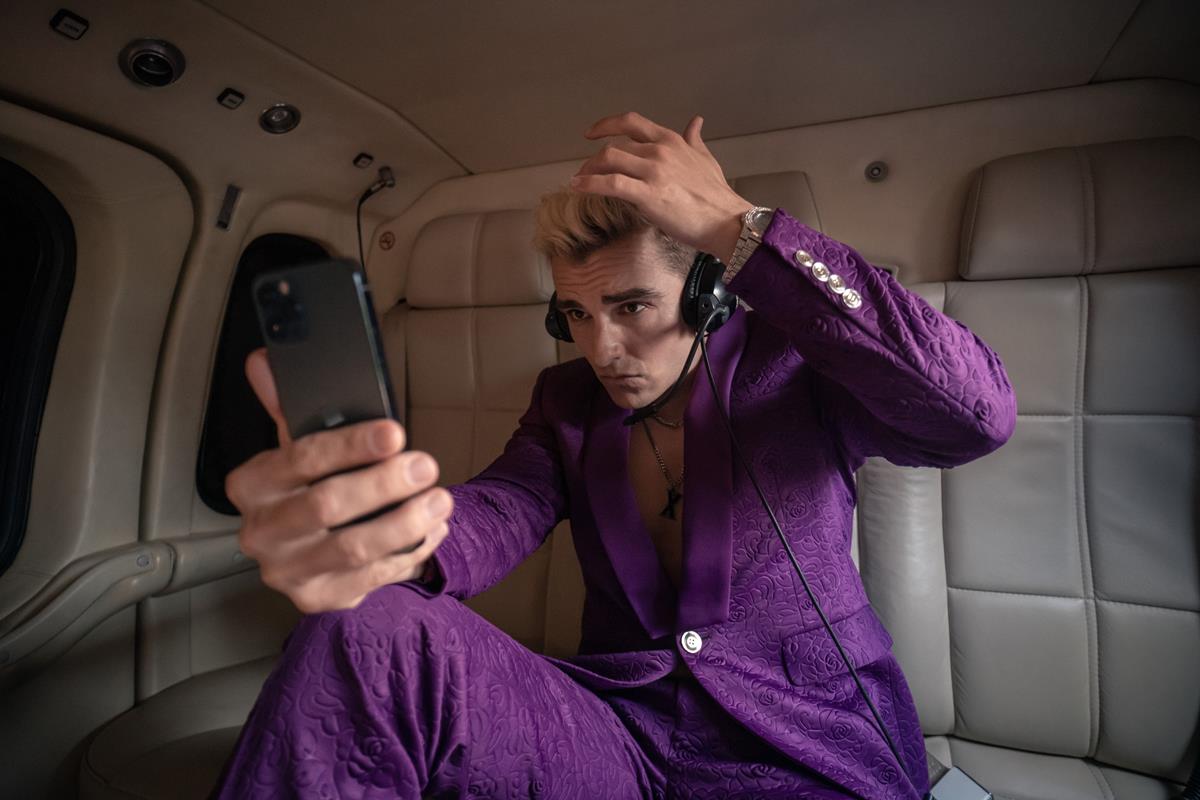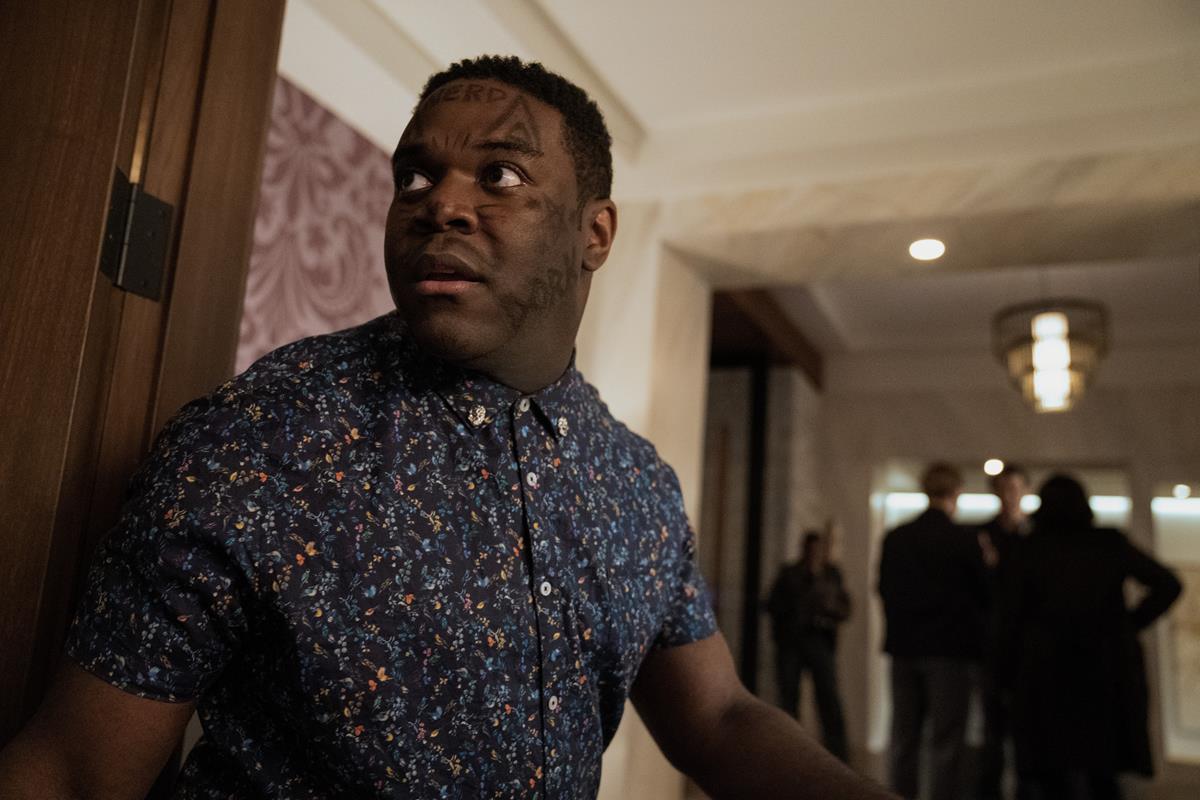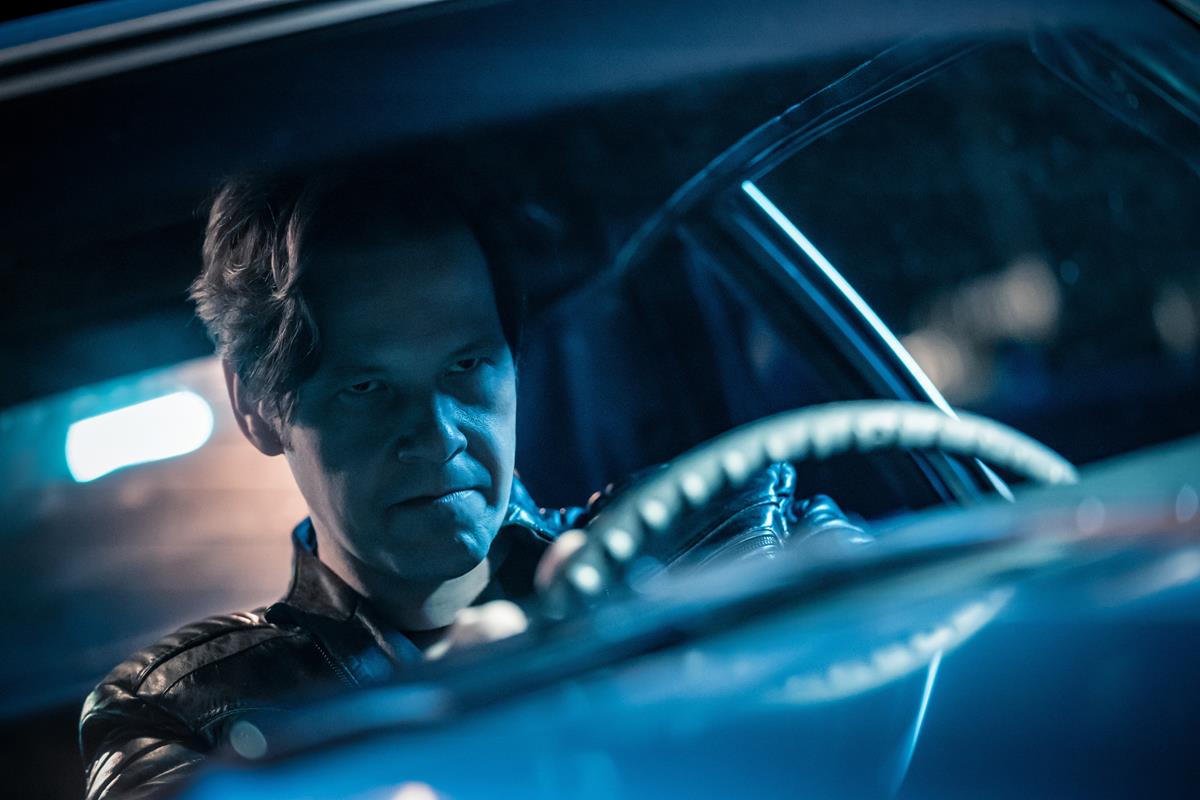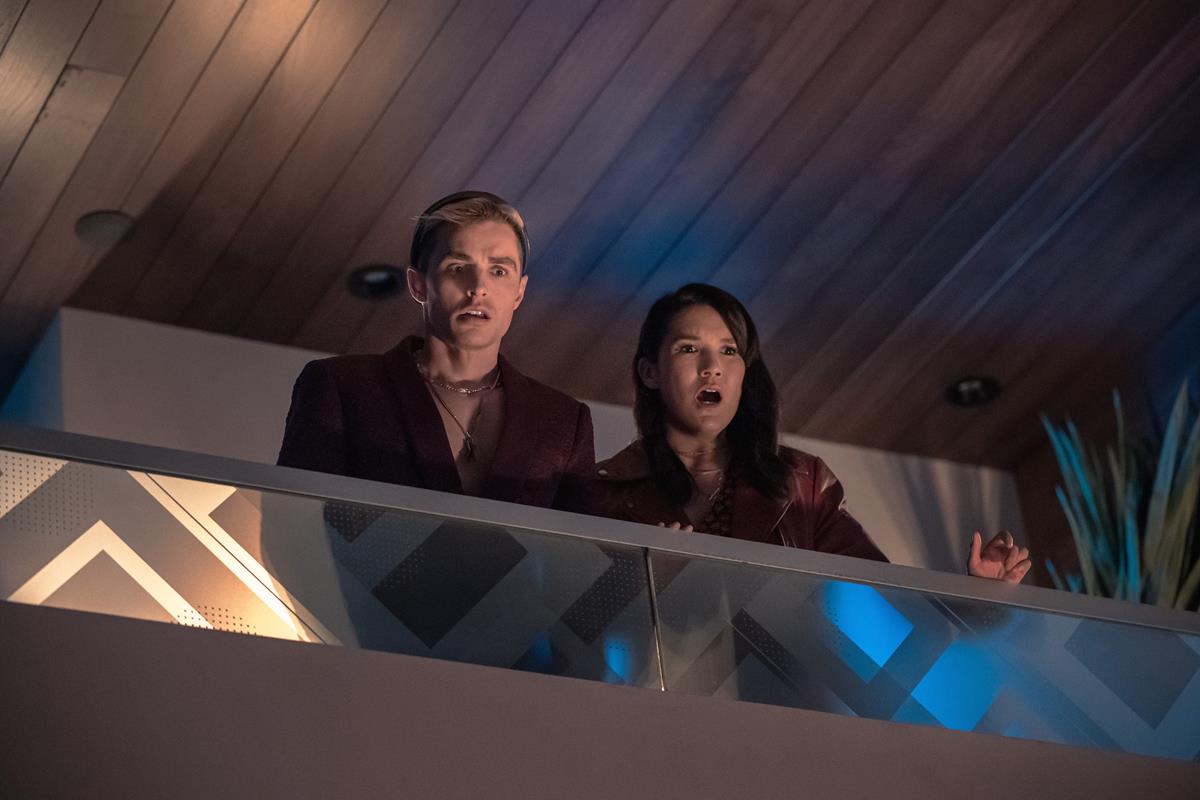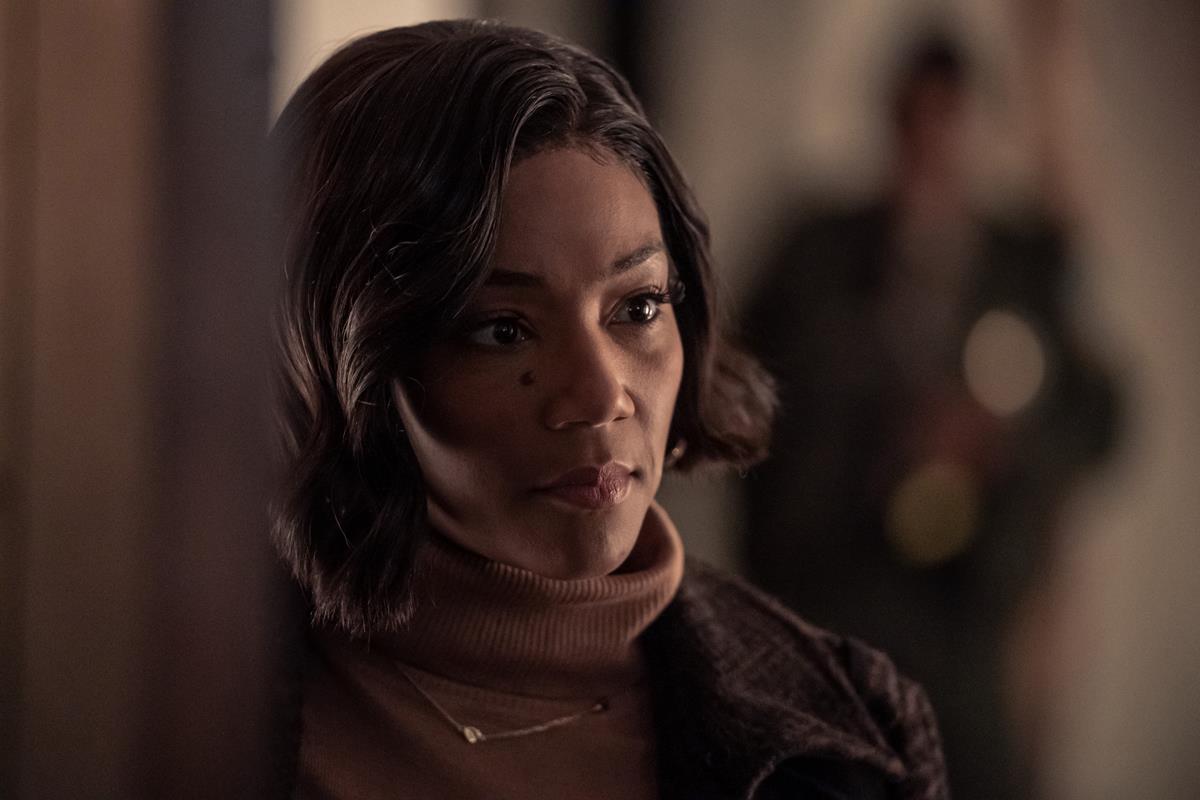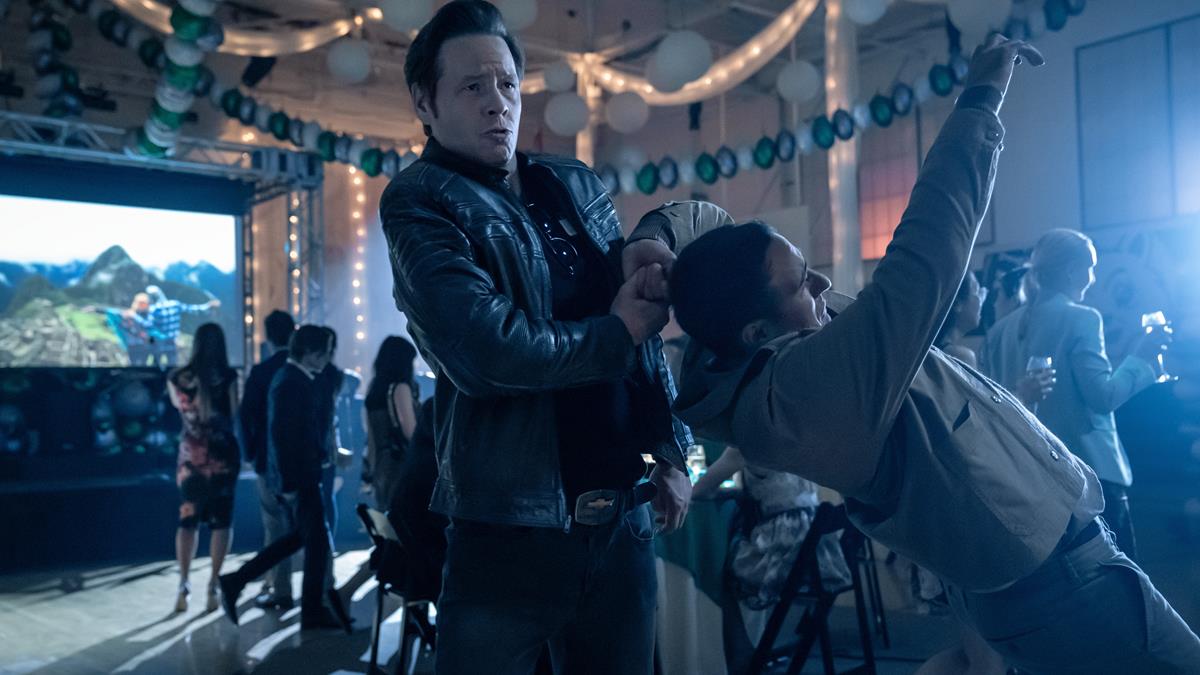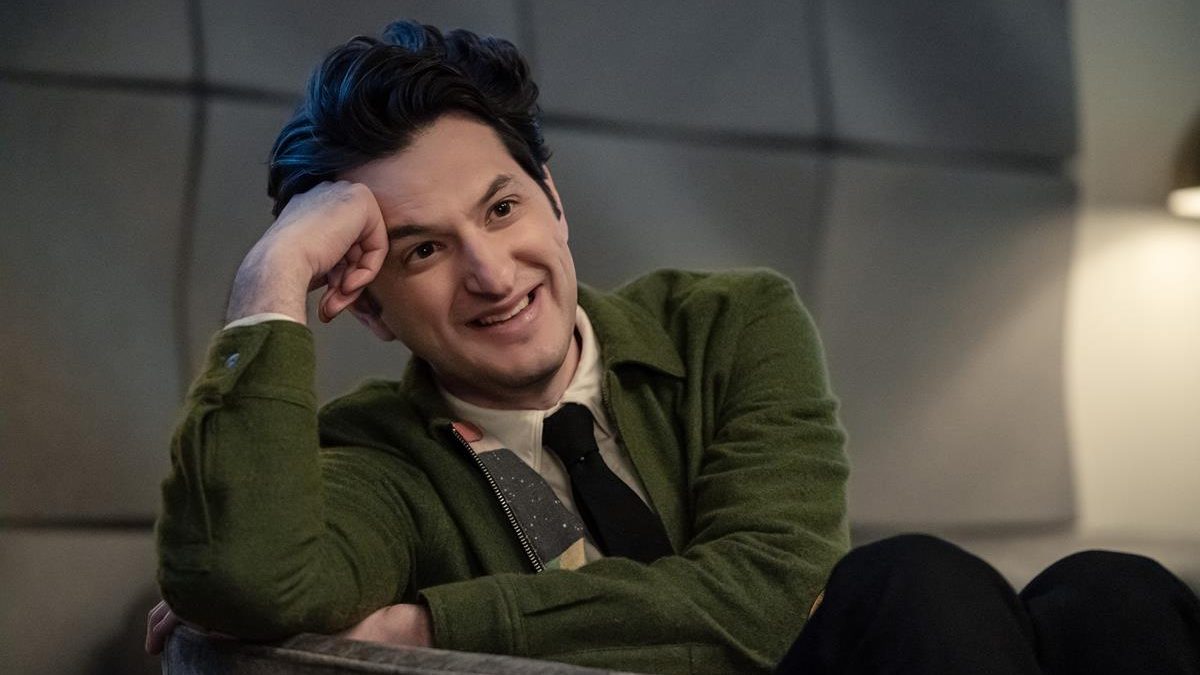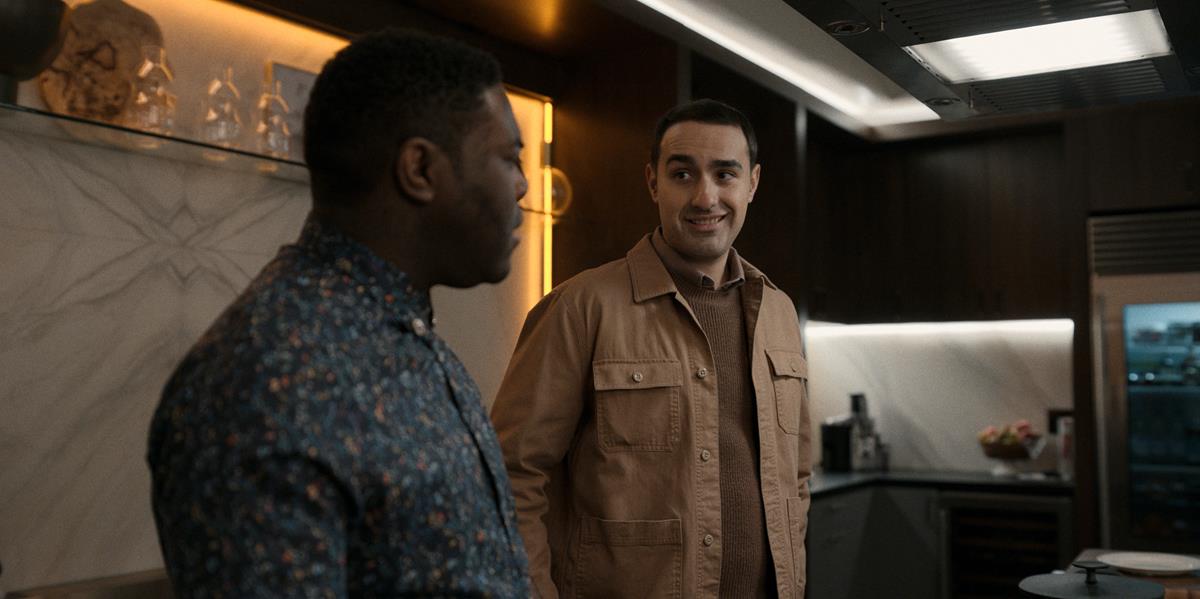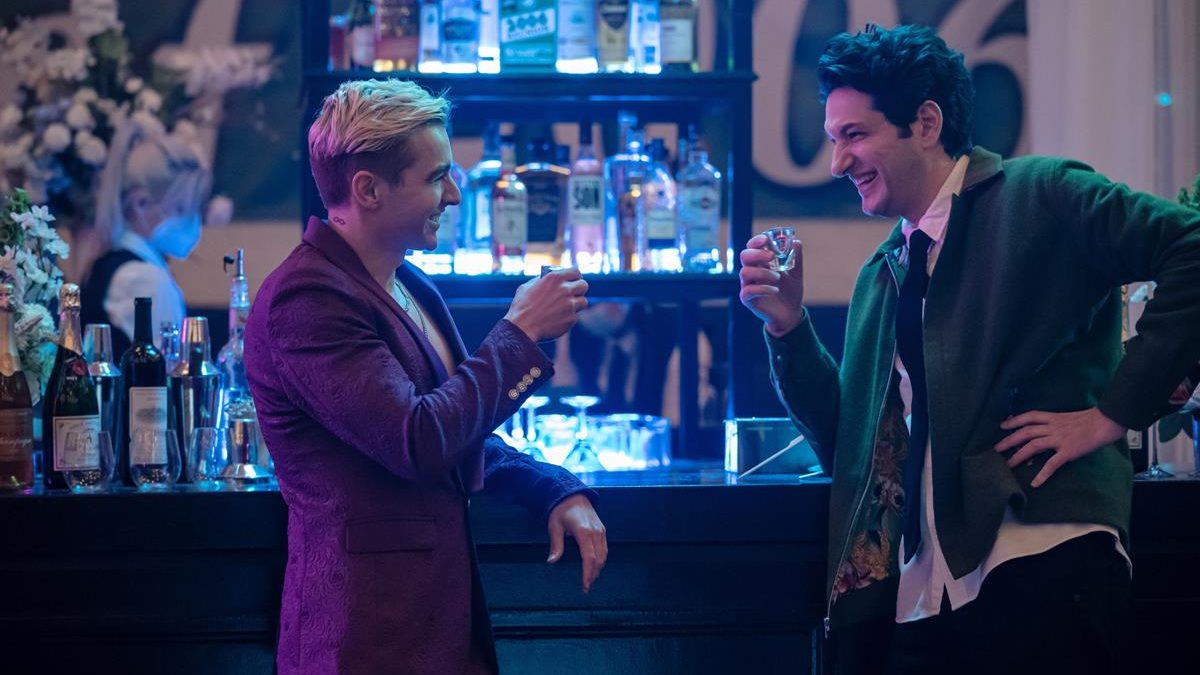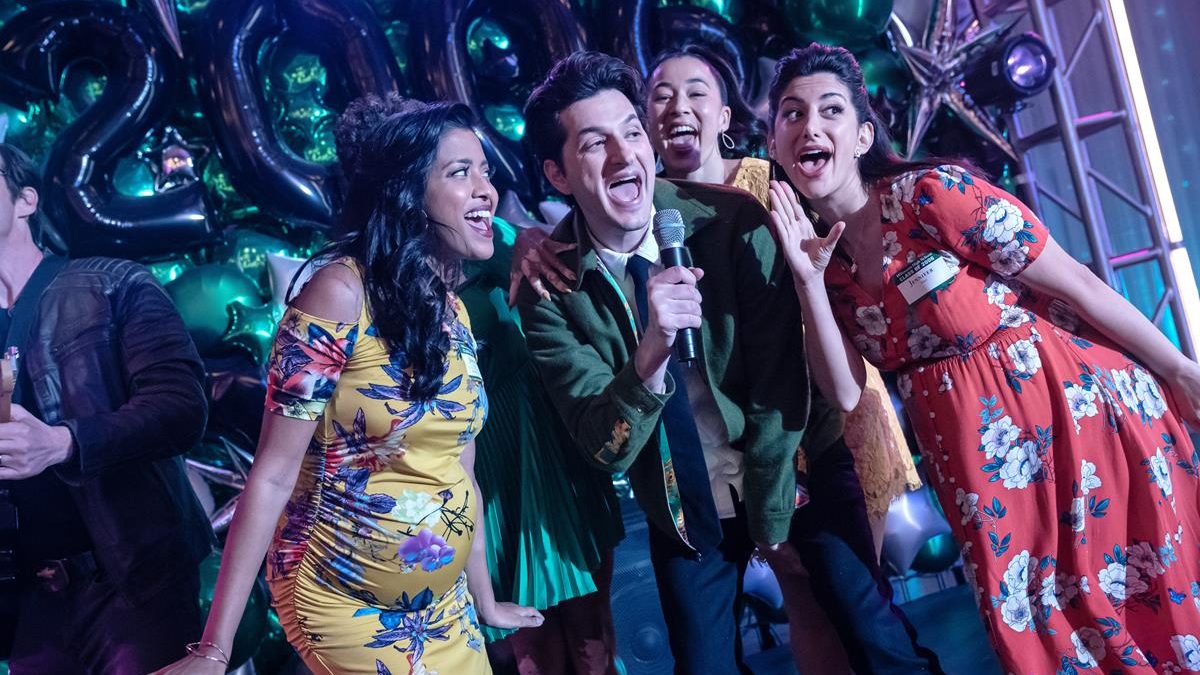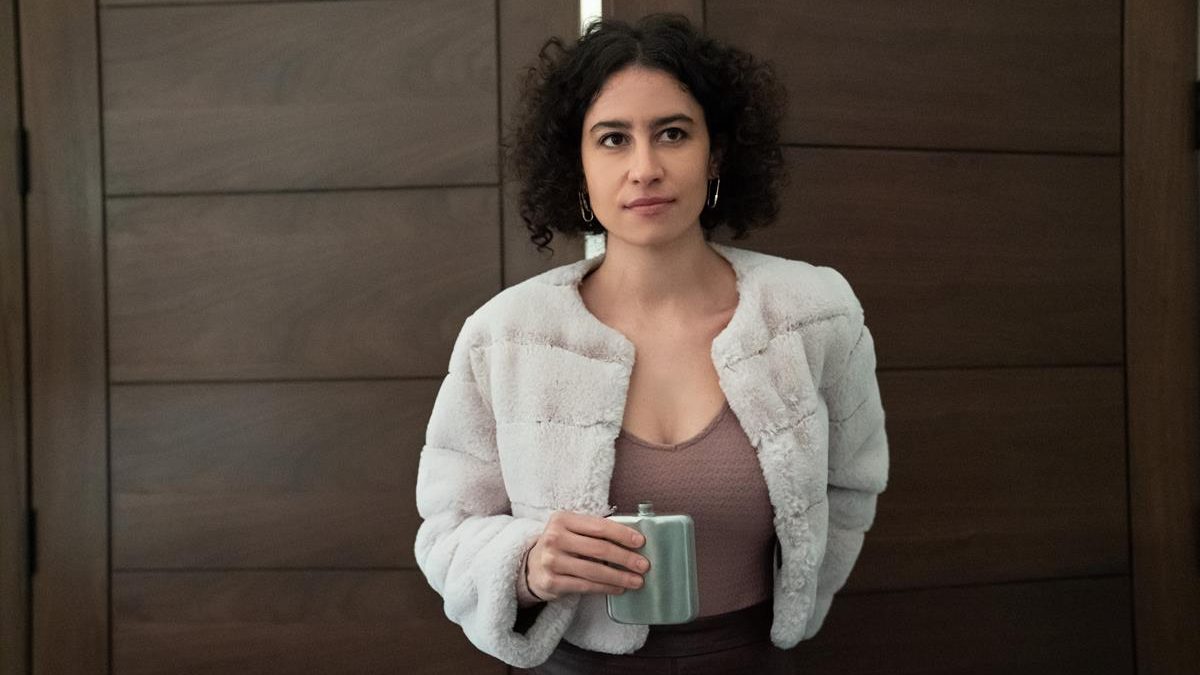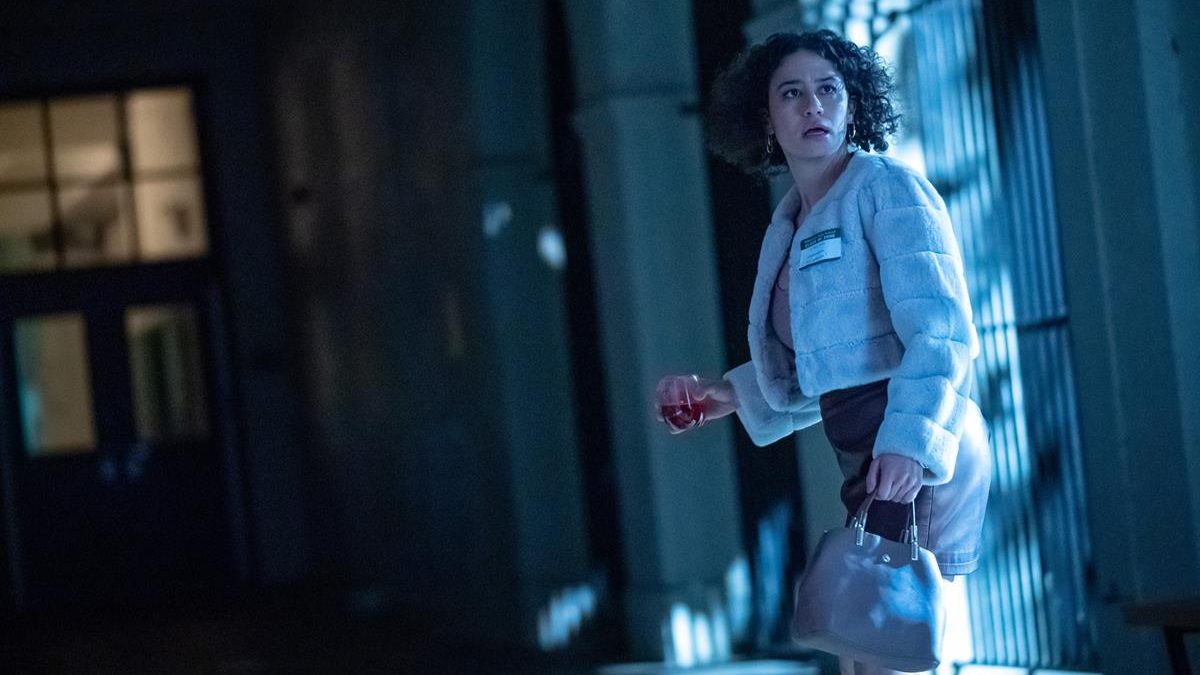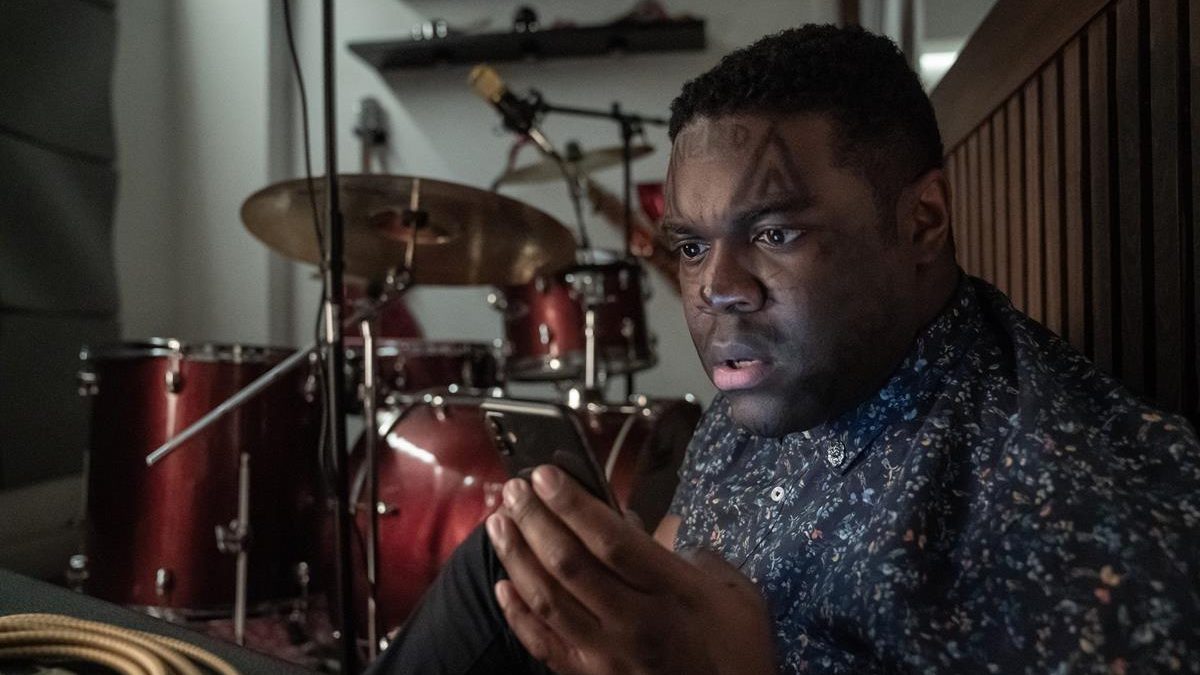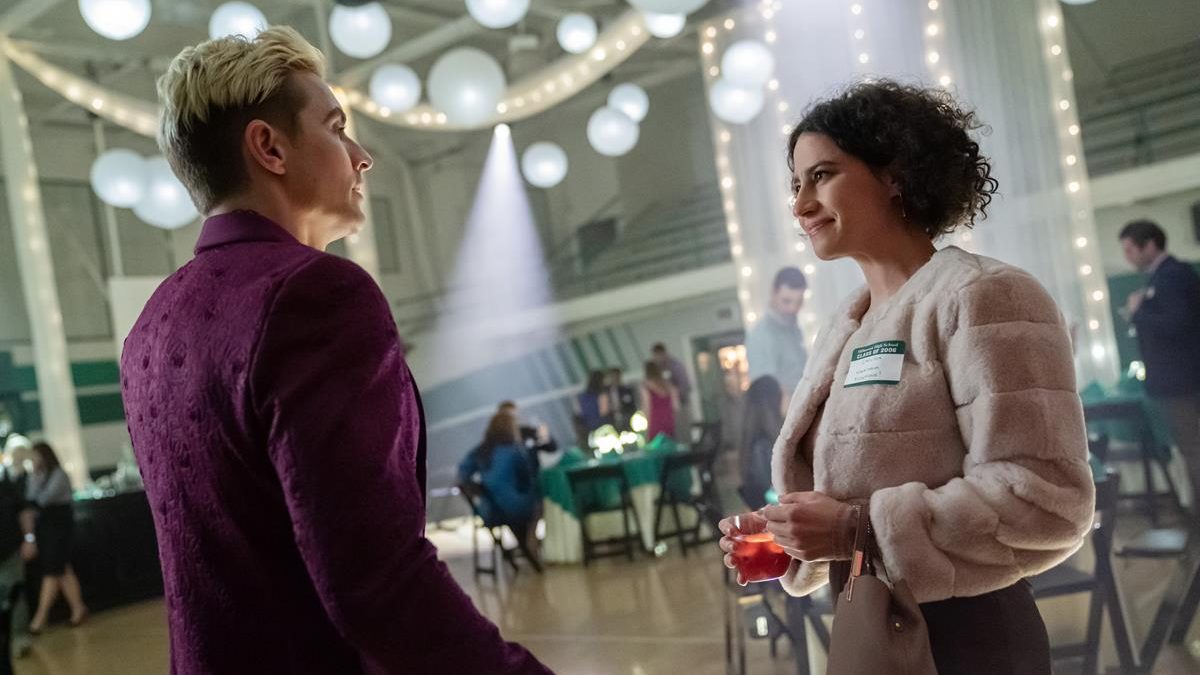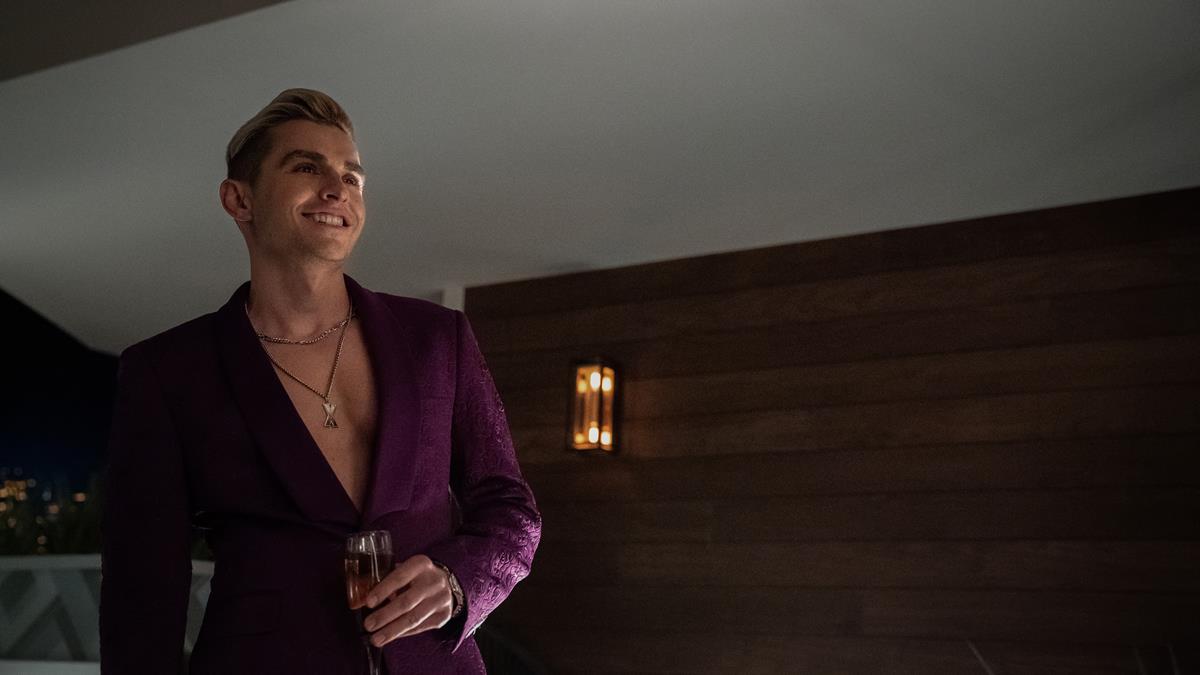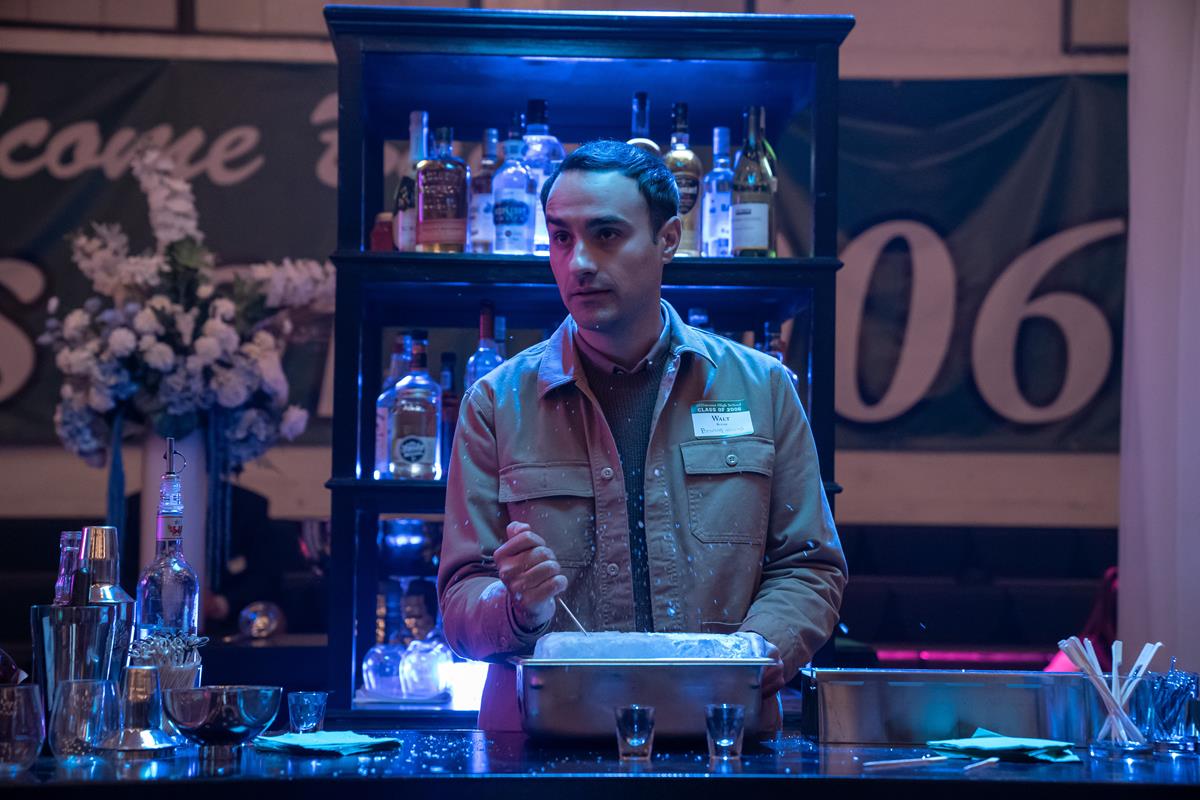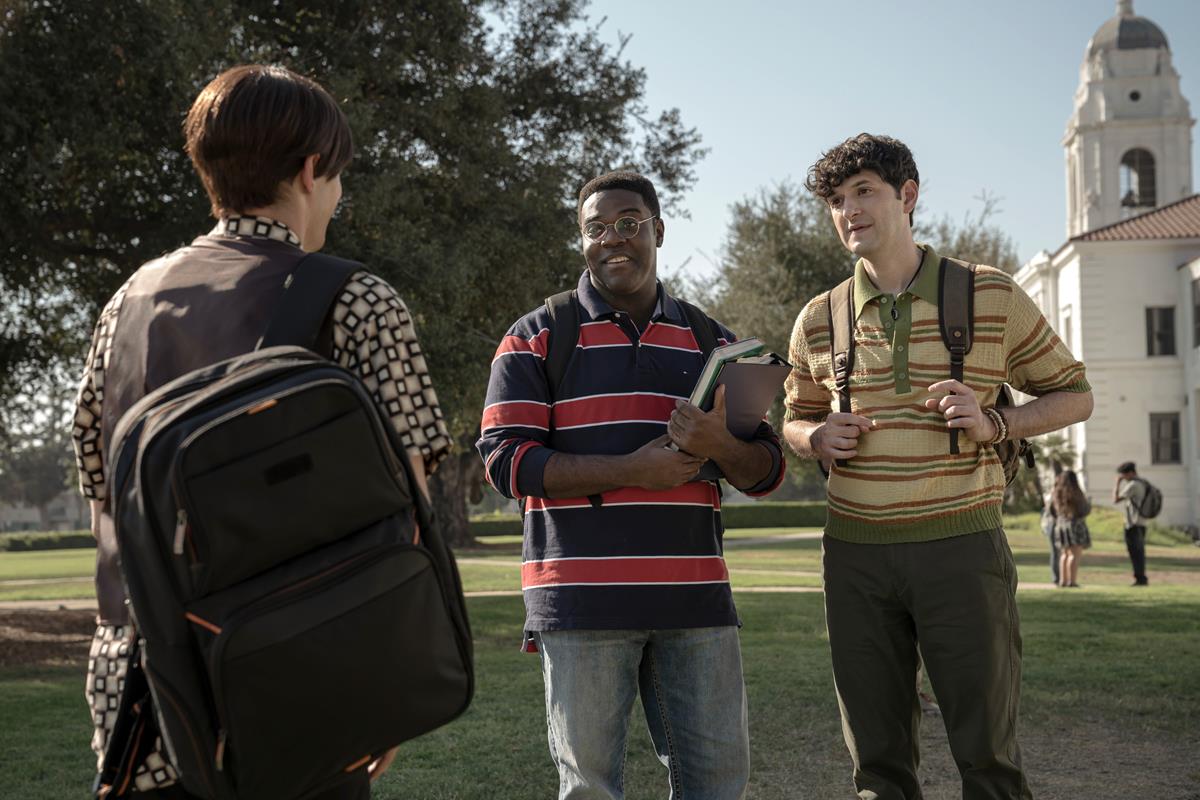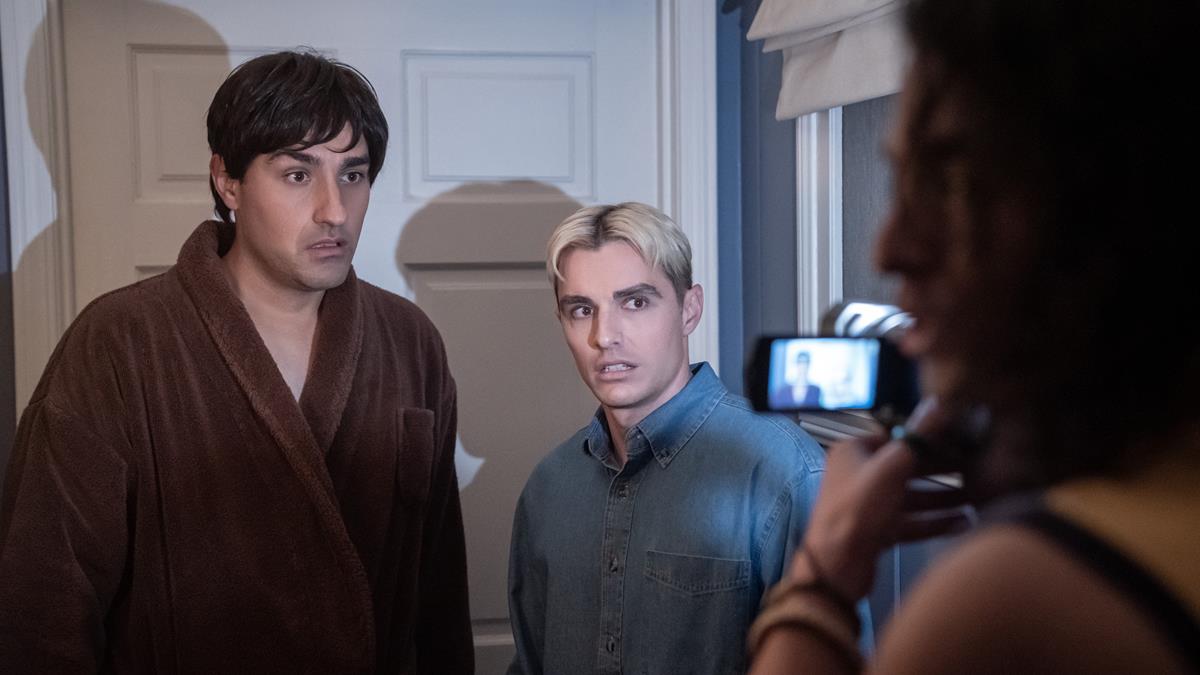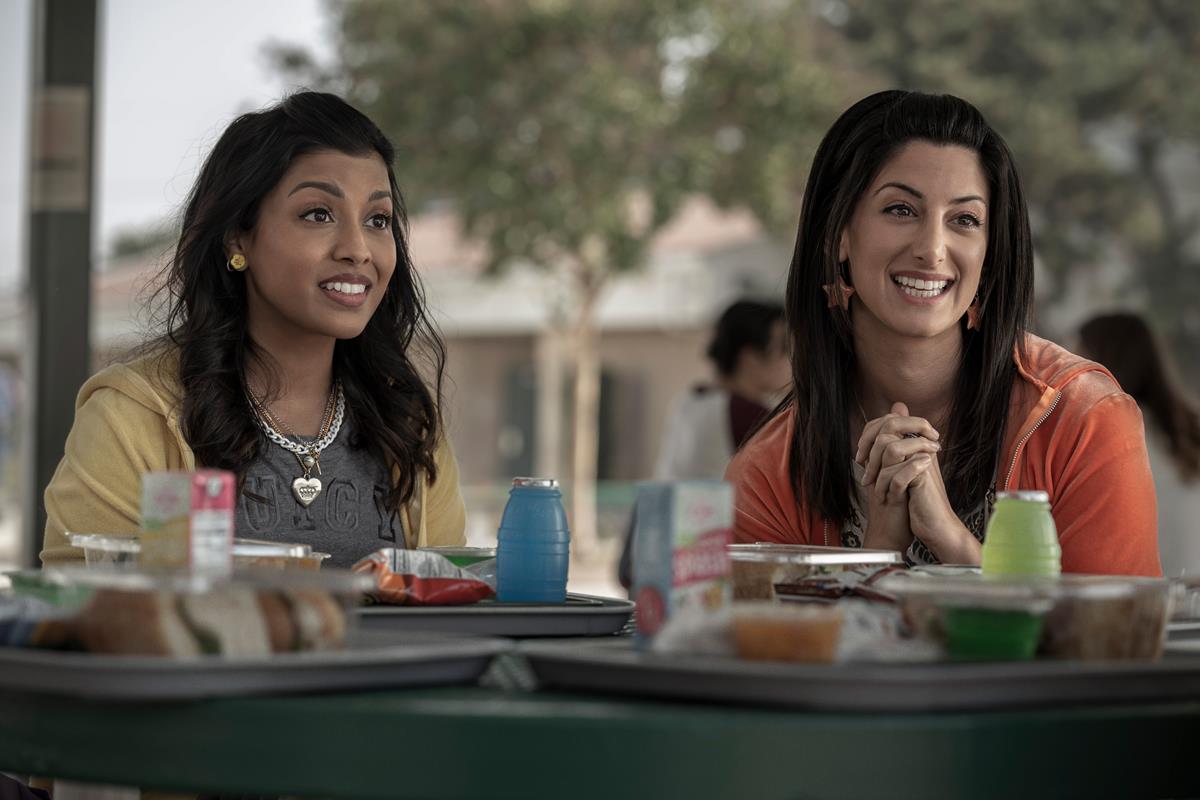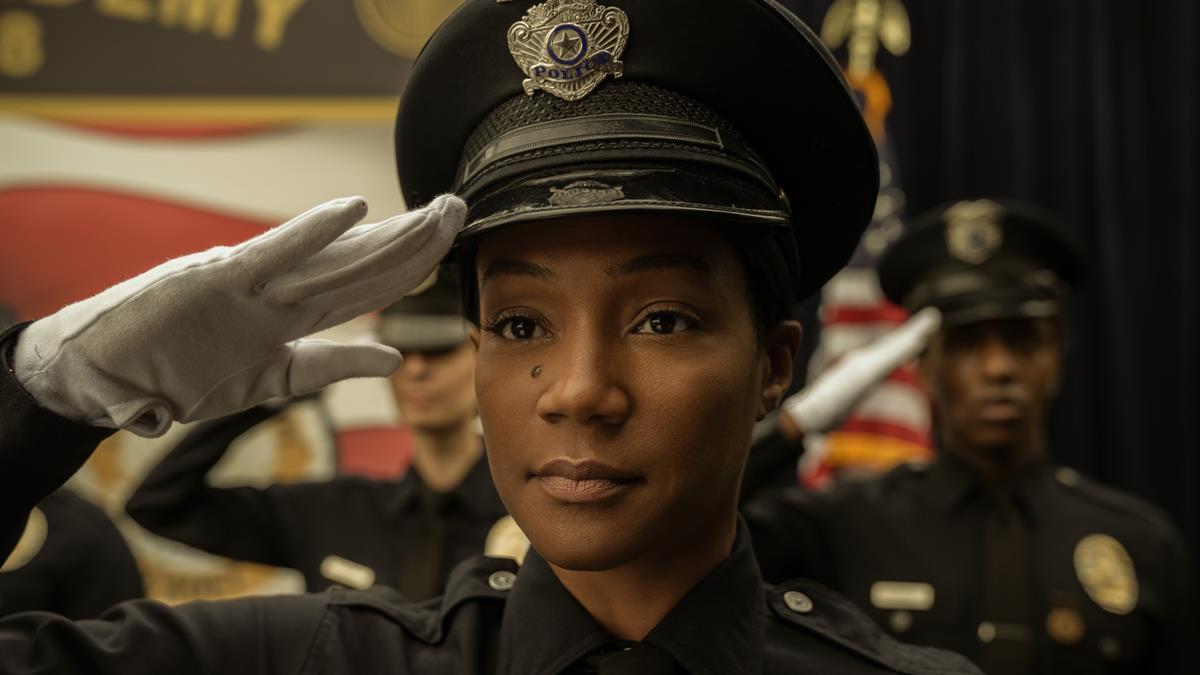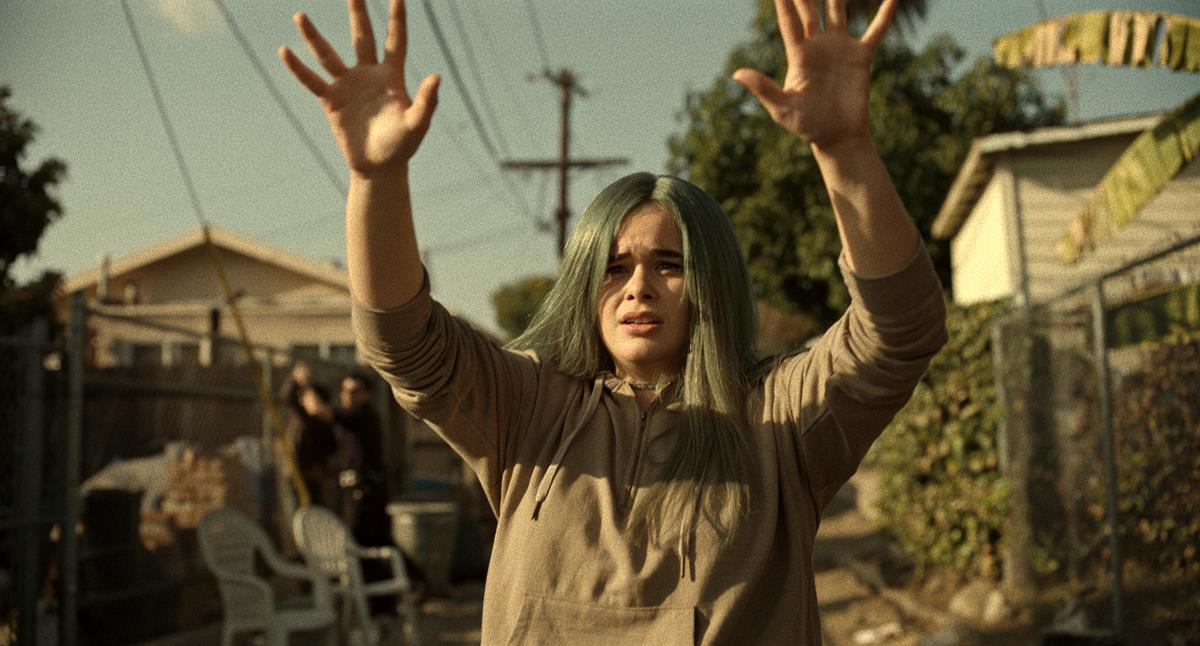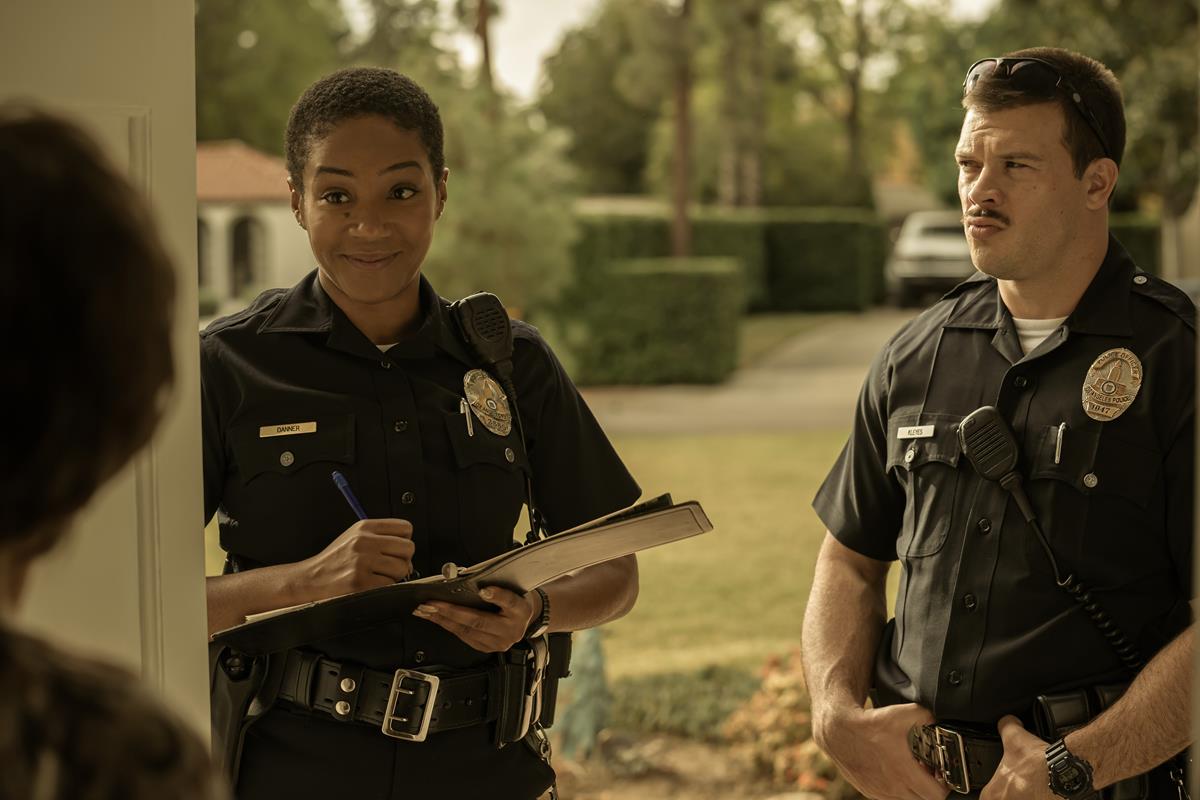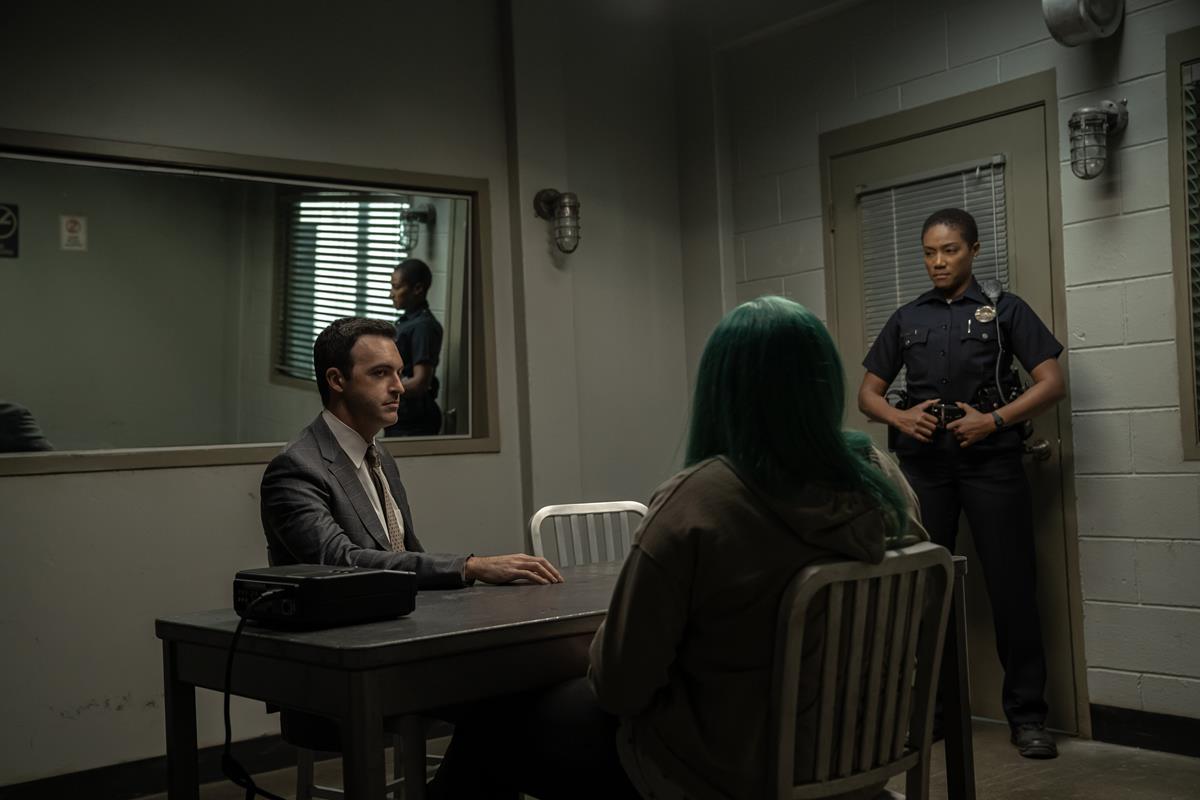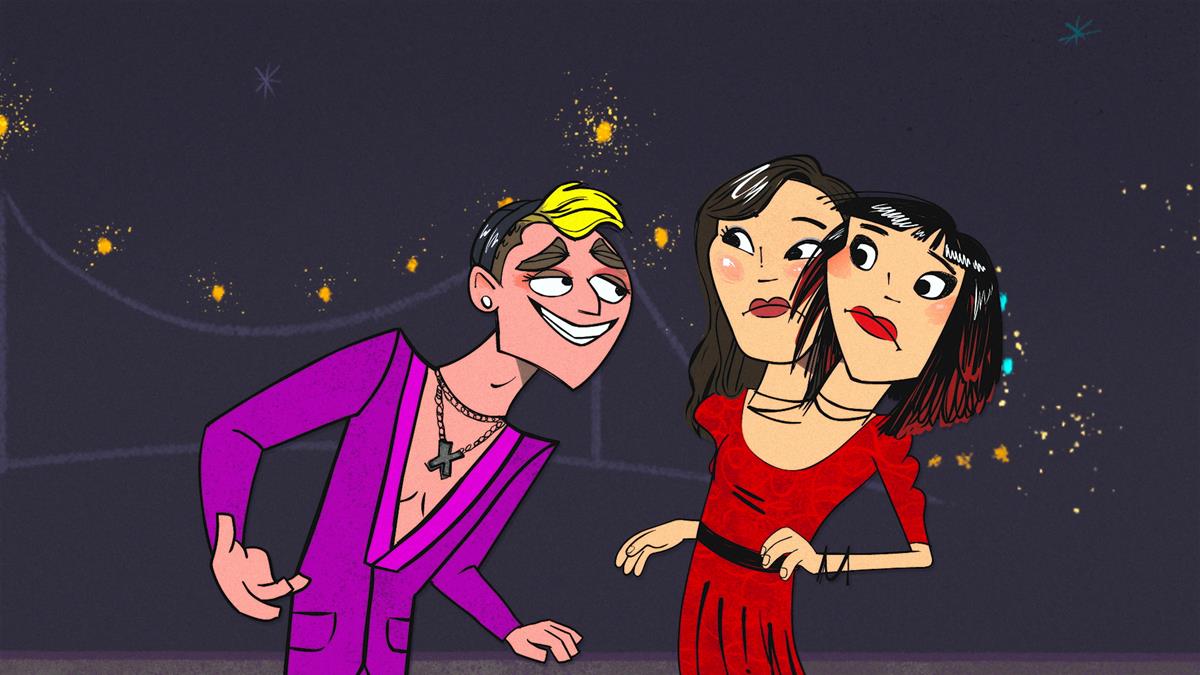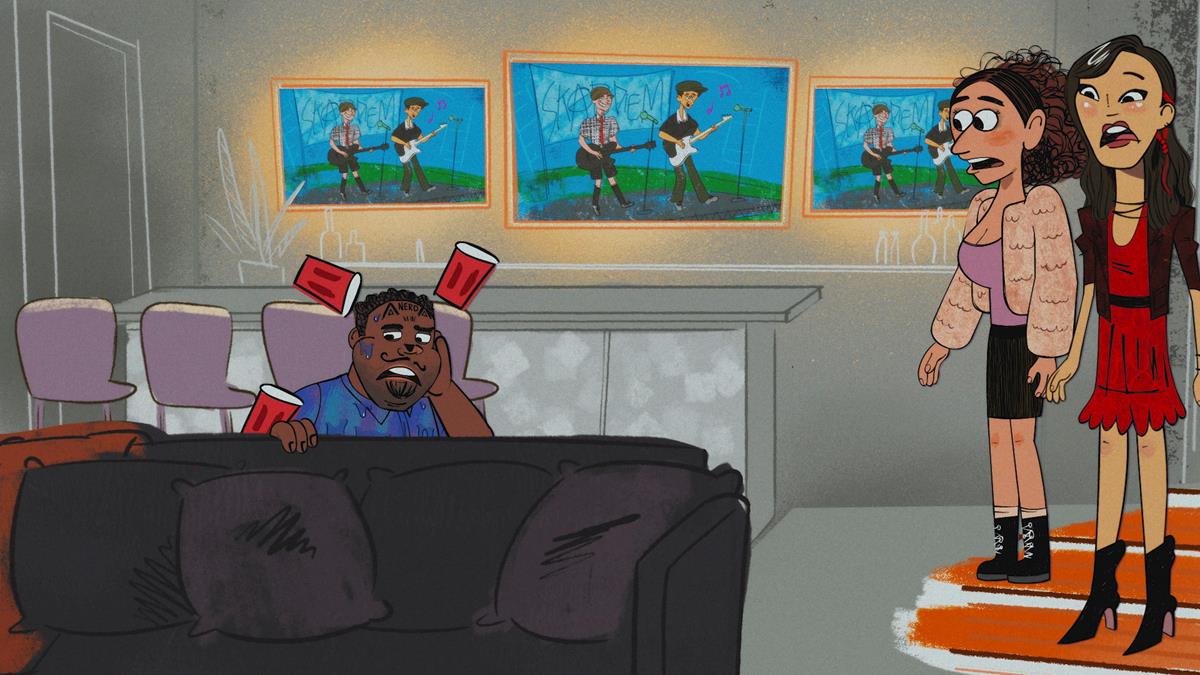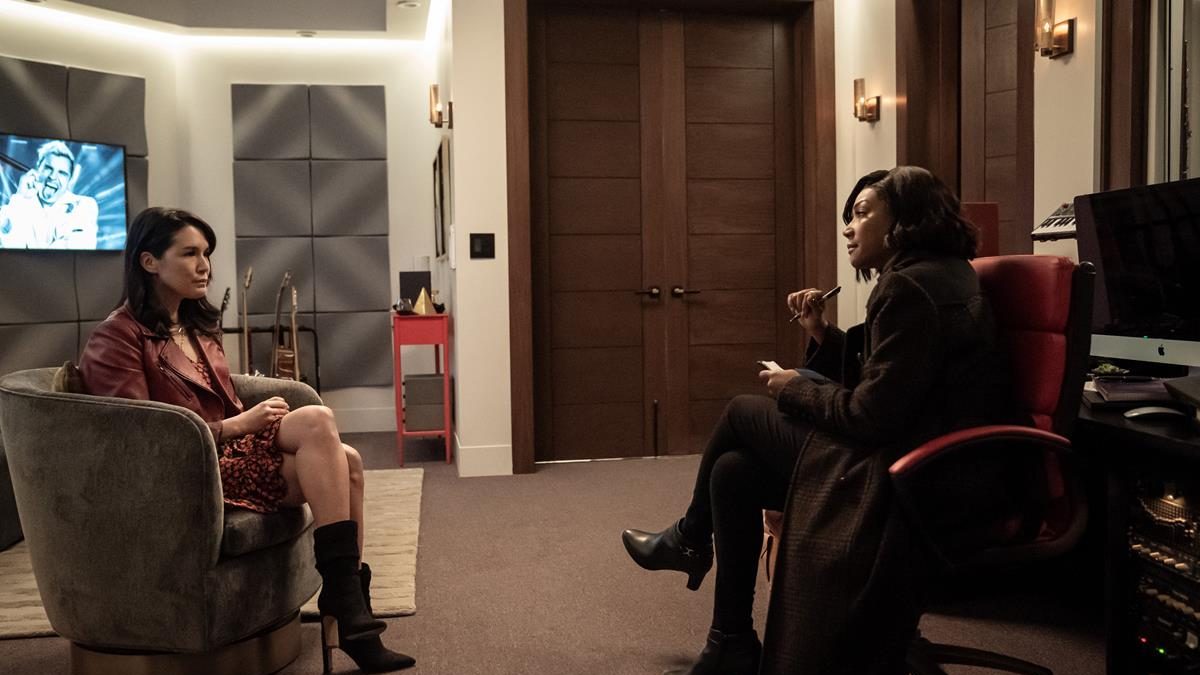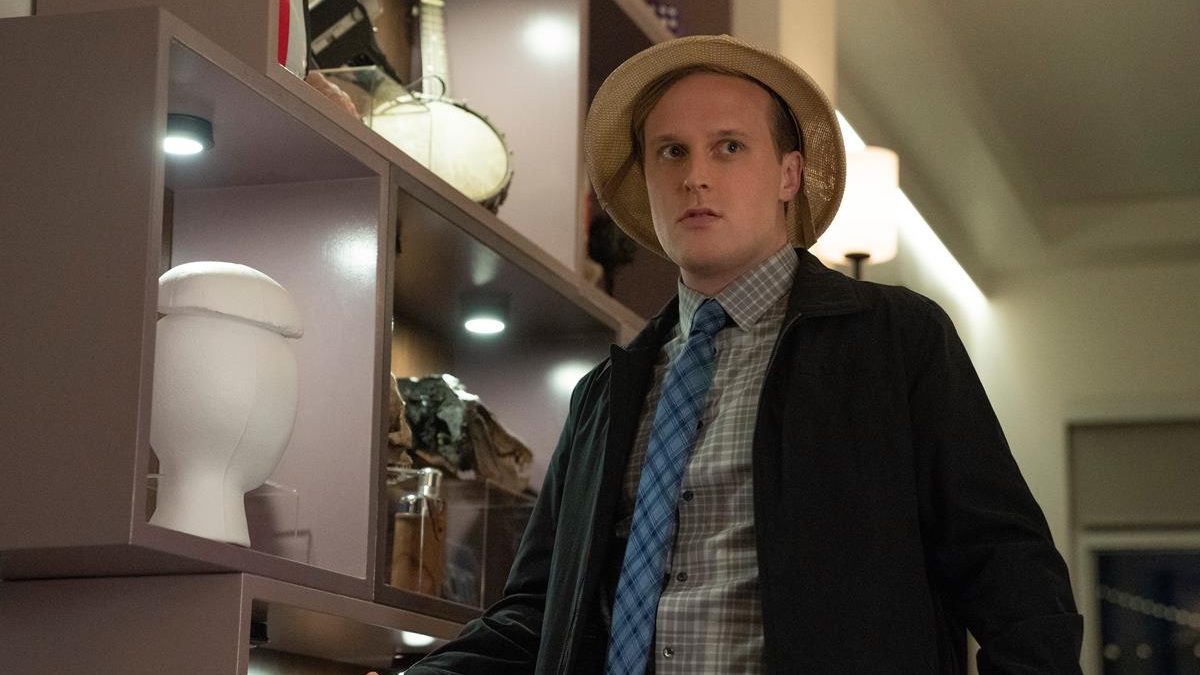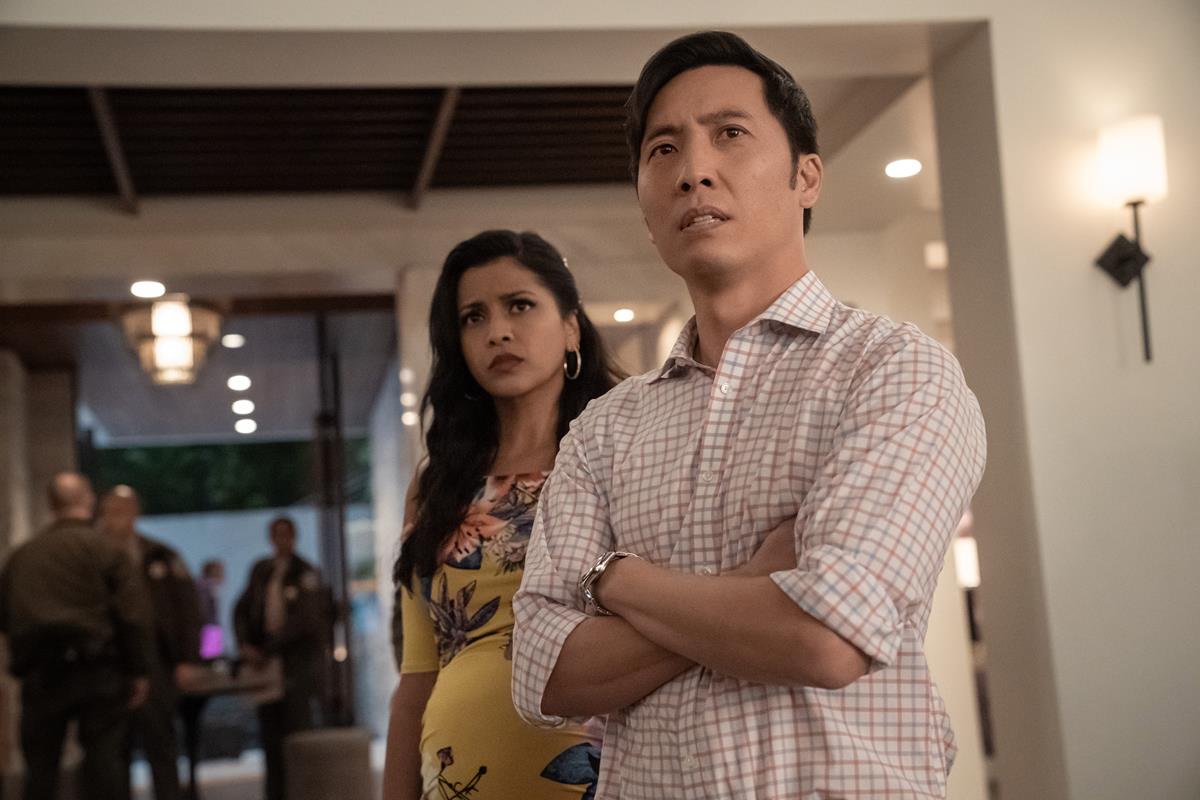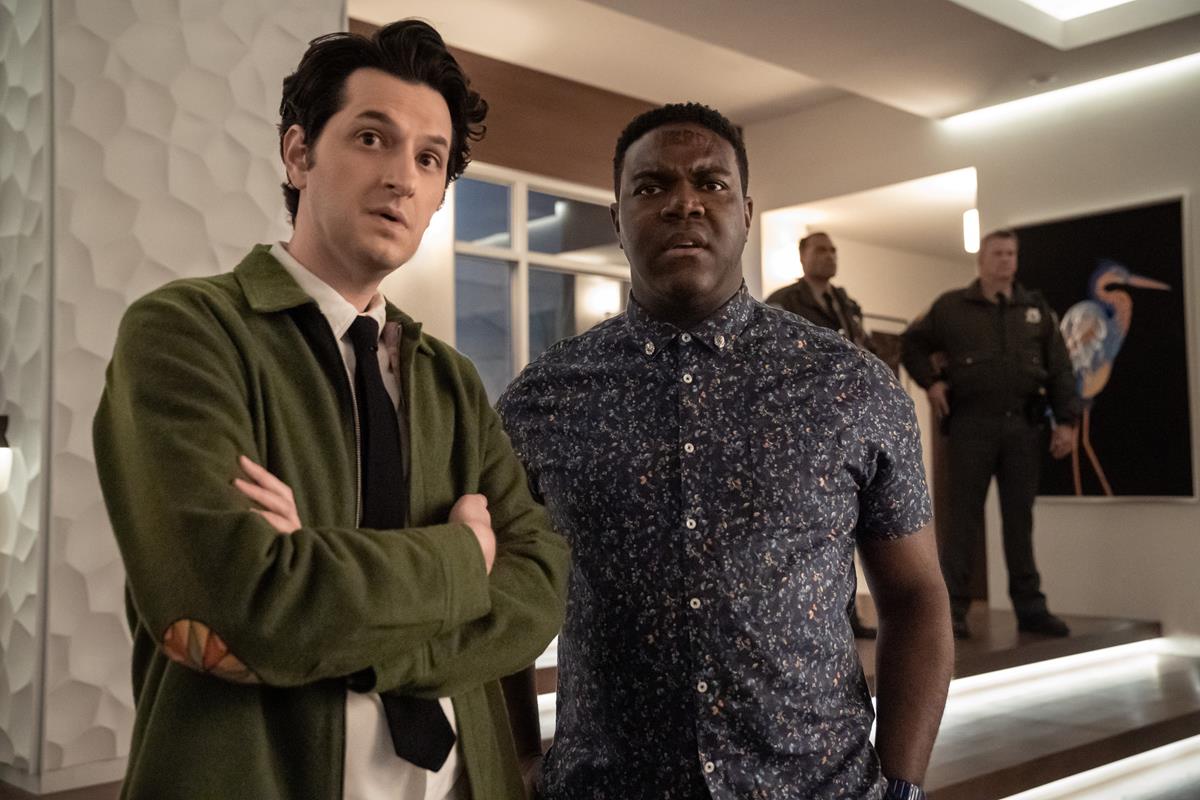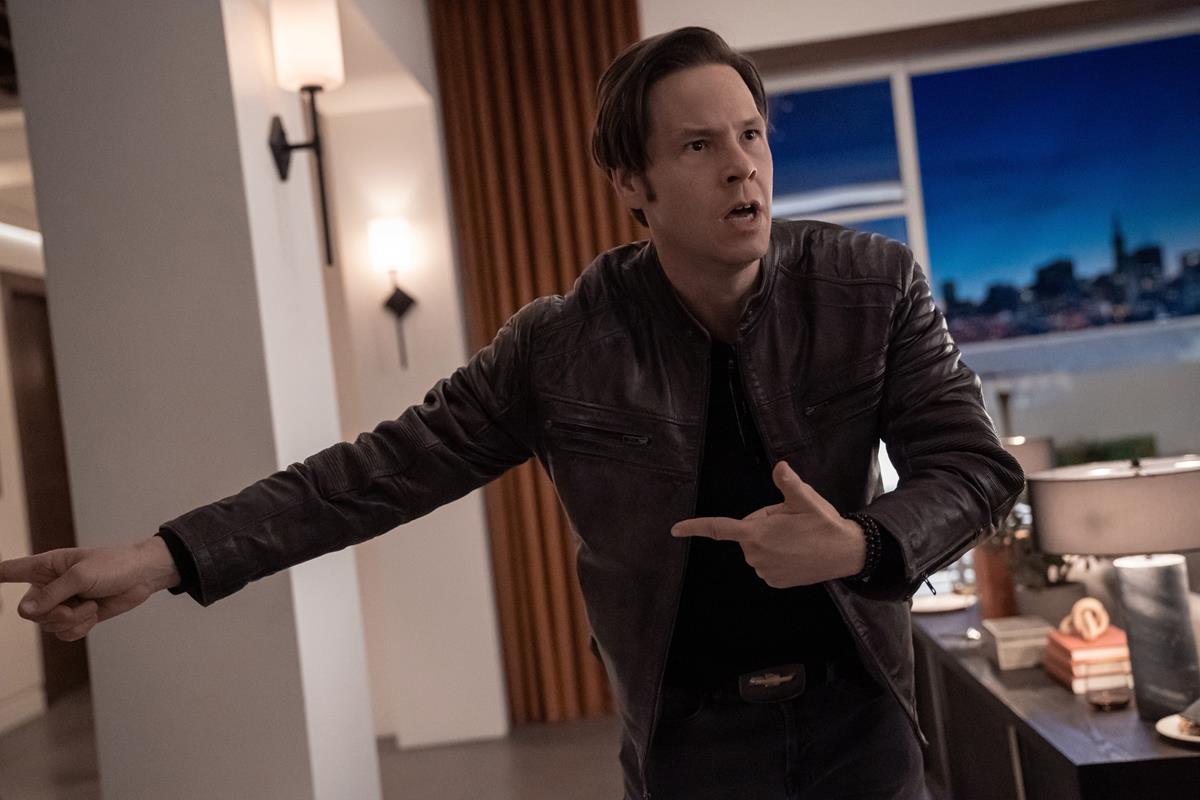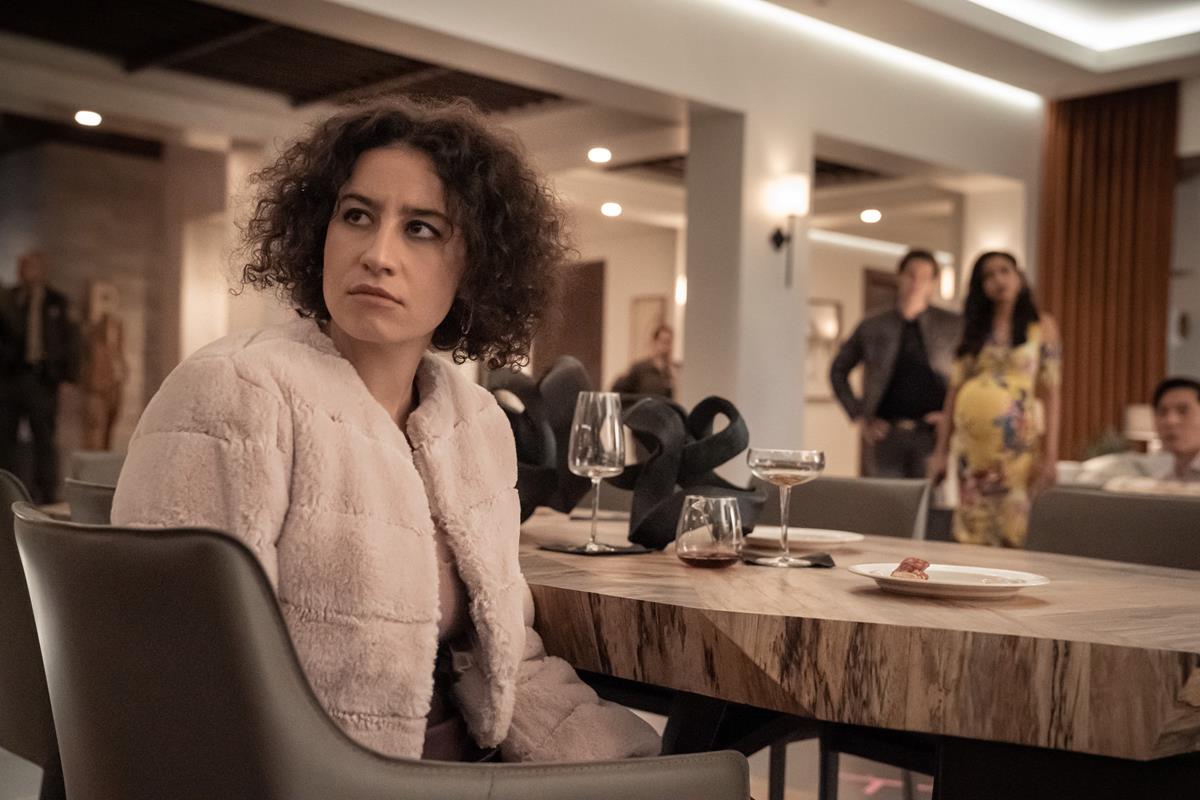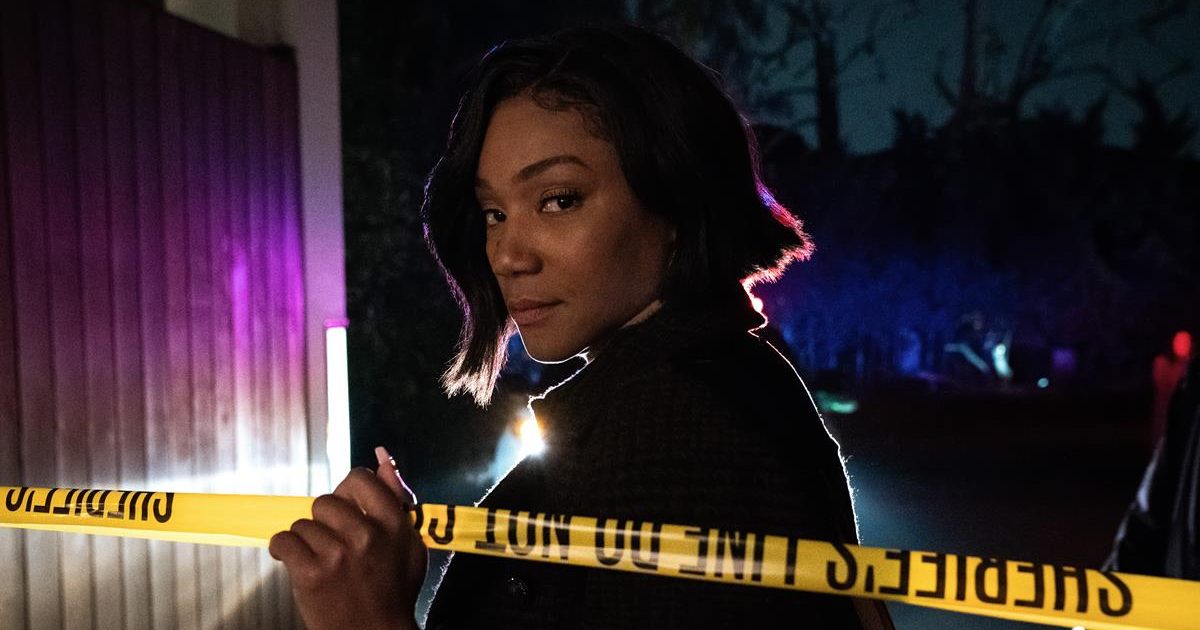
Chris Miller and Phil Lord’s new Apple TV+ series has something to offer cinephiles and murder-mystery fans alike.
The co-creators of The Lego Movie and Spider-Man: Into the Spider-Verse have conjured another slice of entertaining pop culture.
Not only does every episode focuses on a different version of the same events, Rashomon-style, but they’re all defined by an artful cinematic twist in execution.
Watching The Afterparty is like a game of “spot the reference,” sums up Mashable critic Adam Rosenberg.
Each murder suspect’s story is presented as their own, personal “mind movie.” The extended flashbacks that dominate the show’s individual chapters are fashioned after whatever Hollywood genre best fits the character’s point of view. If this sounds like a winning combo, Apple must agree; the streamer recently announced it was renewing the show for a second season.
In addition to directing, Miller serves as showrunner and is executive producing alongside Lord through the pair’s production banner, Lord Miller. The setup is the afterparty of a high school reunion, where a palatial cliffside mansion becomes a crime scene with everyone a suspect. Oh, and it’s a comedy. Among the stars are Tiffany Haddish, Sam Richardson, Ben Schwartz and Ilana Glazer.
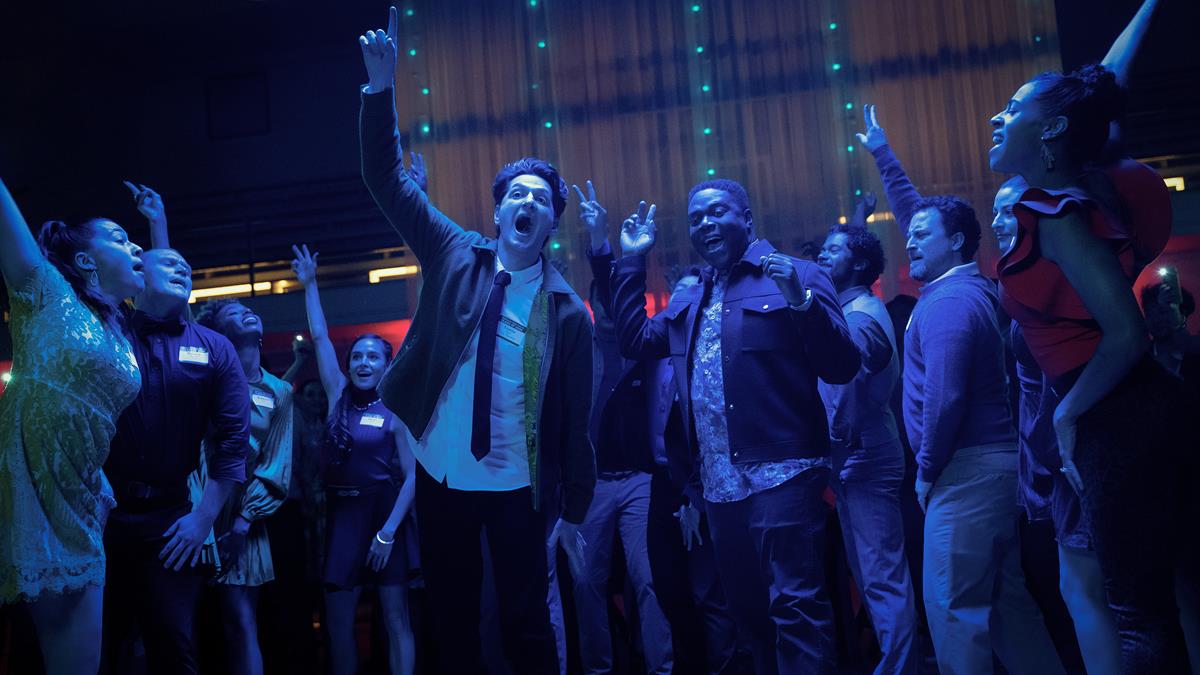
“Jokes aside: The Afterparty is a bona fide whodunit,” says Rosenberg, delivering a growing pile of clues that challenge viewers to develop their own theories. Apple’s weekly release strategy is an asset here, creating space for viewers to spend time thinking, rewatching, and theorizing.”
READ MORE: ‘The Afterparty’ is a must-watch whodunit for movie nerds (Mashable)
Carl Herse served as director of photography for the entire series. He and Miller seemed to have a lot of fun discussing which movies could serve as references for each genre, and what techniques they could use to perfect each episode’s aesthetic.
Different episodes deliberately evoke romcoms like Notting Hill or Four Weddings and a Funeral; cool neon toned thrillers like John Wick or Atomic Blonde, the musical genre by way of West Side Story and La La Land, stylish thrillers in the mode of Gone Girl and The Girl on the Train; and another that apes frat boy comedy like Superbad and Project X. There’s even an animated episode.
Once they had a list of cinematic references, they began identifying similarities — filtration, lenses, camera movement, styles evocative of each genre.
“For example,” Herse shares with Mary Littlejohn at TVFanatic, “rom-com has longer lenses, the camera will do more aspirational crane moves, and have warm color situations with everyone lit cosmetically.
“In the action genre, the camera is crazy and moving through space with cooler and more electric vibes, and we tried to channel John Wick by adding lots of neon and colored lights in the background that flared the lens.”
The final episode challenged the cinematographer to bring each of the seven looks of the show together.
“We want it to all feel different, but you also want to feel like a progression,” Herse tells Sarah Shachat at IndieWire. “We go from wider aspect ratios at the beginning of the season to taller aspect ratios by the end. But then when we got to Episode 8, Chris and I started scratching our heads.”

The solution, they found, wasn’t to create a new look, but to blend the styles they’d already spent time establishing. “We found that it was important to start bleeding the different genres into one another. So [in the finale] we’ve got Yasper (Ben Schwartz) moving through an environment, but it’s lit and color corrected in the more de-saturated tones that you saw in the [thriller episodes].”
Herse and Miller also started blending approaches to camera movement in the finale, so that even within individual scenes it feels like the voices of the characters, each with their own very stylized and defined visual identity, start to clash.
“Anything where Danner is holding court is shot in a very formal studio mode with tableaus and all the cast standing in depth. Whereas whenever you’re with Aniq [Sam Richardson] and Yasper, it’s handheld because they’re kind of scrambling around in the background,” Herse said.
NOW STREAMING — BEHIND THE SCENES OF FAN-FAVORITE SERIES:
As the streaming wars rage on, consumers continue to be the clear winners with an abundance of series ripe for binging. See how your favorite episodics and limited series were brought to the screen with these hand-picked articles plucked from the NAB Amplify archives:
- “Severance:” Now, About Solving the Work/Life Balance…
- Entering “The Gilded Age”
- Class Is Definitely Not In Session: The Horror Delights of “All of Us Are Dead”
- “The Dropout” Is a Slow-Motion Car Crash (and We Can’t Look Away)
- The (Unavoidable) Universal Appeal of “Squid Game” Is By Design
This was all the more impressive because the series was shot out of chronological order and needed to keep minute track of each episode’s look. “We had kind of a cheat sheet for each genre that would say, ‘Okay, now we’re in this format, we’re at this ISO, we’re using these lenses, this filtration,’” Herse said. “But,” he added, “We would always end by going to this wide shot. And then in the lighting and the tone and in the format, we would return, and we had little invisible marks laid out in the set.”
Herse took special care to match the camera’s mark as well as the actors, noting the height and angle of the lens, and figured out how to make a shot that worked across the show’s different aspect ratios.
“The shots match up perfectly when they’re seen one after the other in the final reveal, which feels to the viewer like incontrovertible evidence of the truth,” Shachat notes. “No matter how many different ways we see the action and no matter how many different genres get draped over it, the way the actors line up is gloriously, joyfully the same.”
READ MORE: How the Cinematography of ‘The Afterparty’ Planted All the Clues (Indie Wire)
Speaking to TVFanatic’s Littlejohn, Herse elaborated further, “We had the present timeline, with the interviews and everything happening in the present tense, which also had to have its own strong look. We wanted that to have that Knives Out-style, the ‘locked-room mystery’ genre as it’s called.
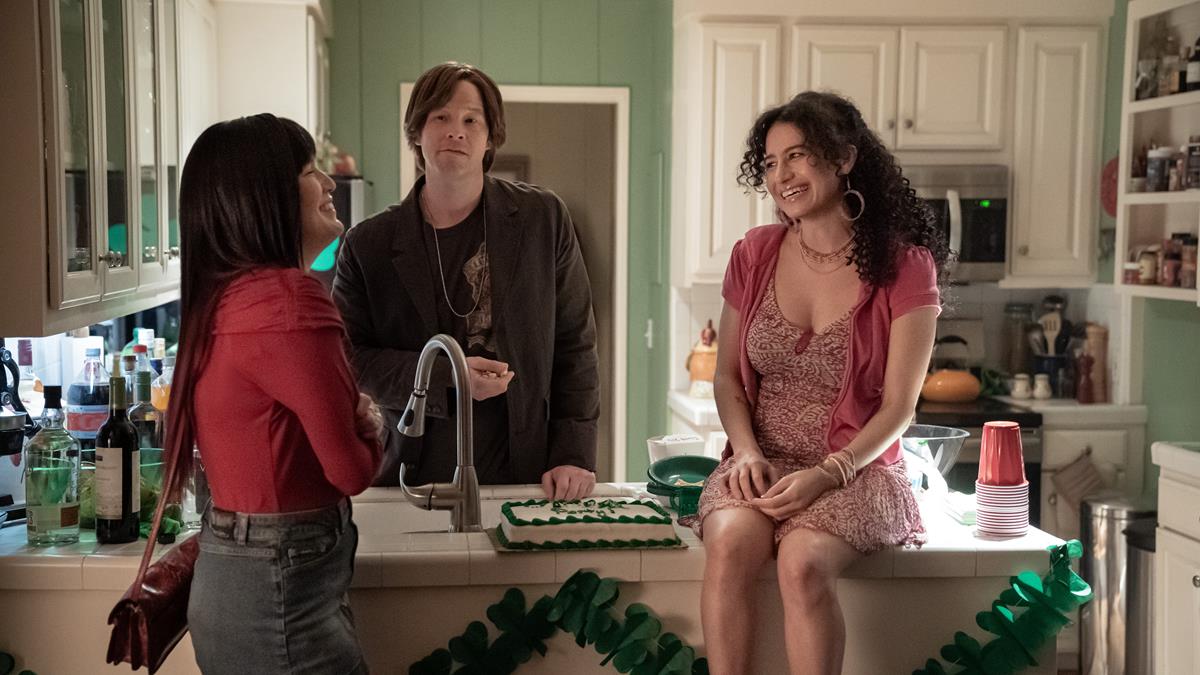
“For the different ways of achieving our flashback looks, we would carry four different lens sets to rotate, different filtration, and shooting with different aspects ratios.
“Then, from a lighting standpoint, it’s all so different. On a day of filming, and again we’re shooting everything all at once, my gaffer and I would have to light sets so that you were in a romantic comedy, and then with the push of a button and a few minutes of tweaks, you were in a John Wick movie.
“It was essential in pre-production to build all our looks into the set, the moment you’re rigging the stages, to plan it out. In the moment, you rarely have much time, so it’s really about jumping between looks.”

Herse revealed that his personal favorite episode was the thriller (Episode 4) because, “What you’re doing is not additive in the way that’s you do a romantic comedy, with strong lighting looks and backlights. In this episode, you’re just stripping things away, making it mysterious, and being expressive with things like rain, darkness, and shadow. It’s really about limiting yourself.”
READ MORE: Cinematographer Carl Herse on the Many Looks of The Afterparty (TVFanatic)
According to an interview with Drew Taylor for The Wrap, the filmmakers turned to Lindsey Olivares, the production designer of The Mitchells vs. The Machines, which Lord and Miller produced, to design the characters for the animated episode. Olivares’s designs were then handed off to animation studio ShadowMachine, which provided the animation for the series.
Juggling live action production timelines with animation in the mix was just one of the hurdles the creative team faced, as Miller explained to Taylor. “The trick of it was we were trying to do this animation production pipeline while we were shooting the show because it takes so long to make animation,” he said. “And that meant as the actors would get fitted for their costumes, we’d get pictures of those costumes and then send those pictures to Lindsey so she could draw the characters. And as we shot the scenes for the other episodes in the sets, we’re like, ‘OK, well, here’s what this location looks like. And here’s what another version of that scene looks like.’
“We’d take pictures and send them along to the animation team and say, ‘OK, now I know we need to set this scene in this room. Well, this is what it looks like. We just shot it for the first time today. So now you can draw the background so that we can put the characters in it so that we can animate the scene for it.’ It was a really weird production pipeline, because we’re trying to do it simultaneously with shooting rather than after we finished making the show, and be, ‘OK, now let’s make an animated episode.’ ”
READ MORE: Tooning In: ‘The Afterparty’ EPs Chris Miller and Phil Lord Break Down the Animated Episode (The Wrap)
Want more? Watch The Hollywood Reporter’s Mikey O’Connell discuss the series with actors Ben Schwartz, Ike Barinholtz, Jamie Demetriou and Zoë Chao:
Or watch this Q&A from In Creative Company moderated by Variety’s Jenelle Reiley featuring Schwartz, Barinholtz, Sam Richardson, Tiffany Haddish and Dave Franco:


